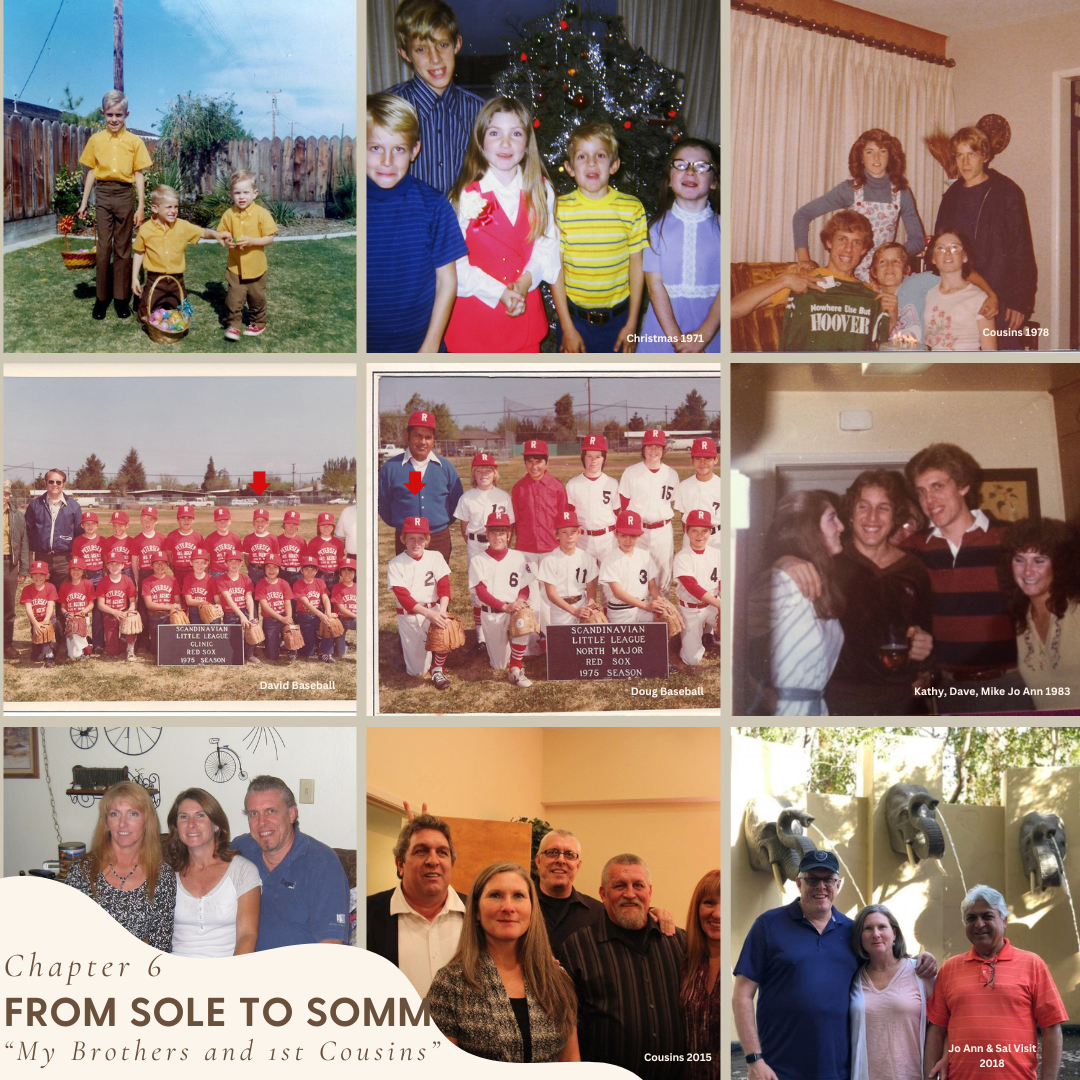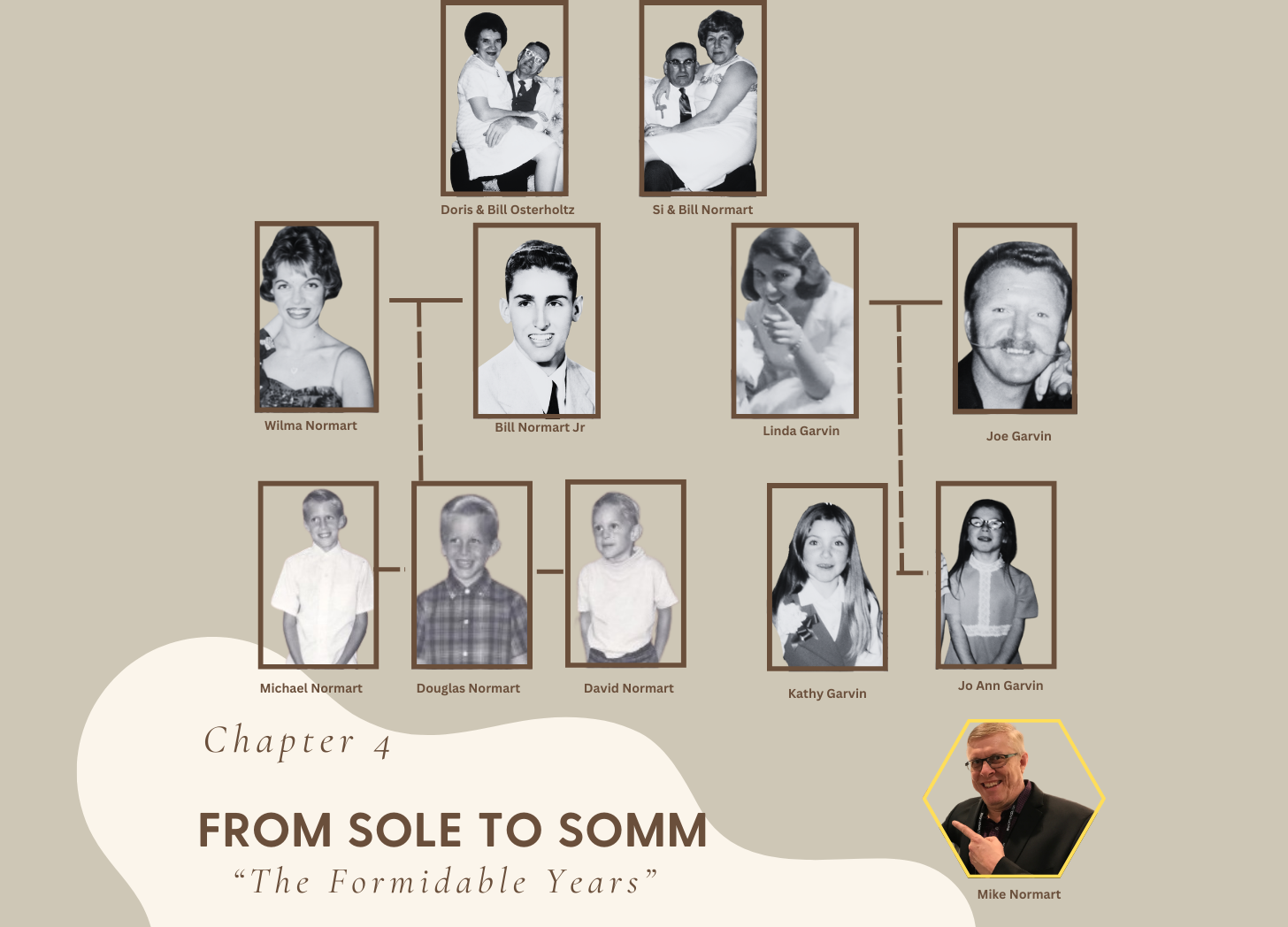In blog #253 I talked about Embrace and drive change. In this blog I want to talk about building a great team.
From my early management days, I always tried to groom great people. I have been guilty of just hiring anybody to fill the spot but quickly learned you just add more headaches. It’s best to wait until the right person comes along instead of hiring someone, training them, and then going through the disciplinary actions to term them because you didn’t hire the right person.
When I was a store manager in the 80’s I hired a friend because I thought they would work hard to make the store perform better. Instead, this person took advantage of our friendship and called in sick often causing other employees to disrupt their personal schedules. This caused drama in the store, and I eventually had to make the tough change. It’s ok to make mistakes along the way, if you learn from them.
When I worked at Nordstrom I learned from the best minds in retail. Blake Nordstrom would come to the stores, and everyone was on high alert on doing the right things. He used to say, “People are our best assets”. He would make appearances every so often and it was funny to see everyone fall all over themselves to make an impression. I made sure we had black polish on display because that was one of his hot buttons. “If a store doesn’t have a simple item like black polish, what else are we missing” he’d always tell me. This stuck out to me, details…so simple.
I got promoted from my first kids’ buyer job to the Women’s juniors dept. called “Brass Plum Shoes”. This department had been mismanaged for some time, so the numbers were tough. My first order from the store manager was to cut the amount of people in half. The only way to do this was by their performance so I looked at everyone’s numbers. I decided to take the time to talk to everyone during this process so the people who were staying understood the new expectations. The way the department was run was very unorganized too. The stock room was a mess and people were lazy. It was a brutal couple of days. From this experience I learned a few things:
- People should always know where they stand and what the expectations are. There should never be any surprises. In this case it was basically a lay-off since the business didn’t justify the amount of people we had, but still a good lesson to make sure people understand the expectations.
- Discipline is important to run a good operation. By this I mean setting the expectations and having processes that make things run smoothly. When you stray from good processes, things get sloppy. In the Nordstrom SF store, Martha had the processes dialed. You come in, sign in with the floor watcher, so you have your turn and do stock work while you are waiting to be called out. At the end of the day, you straighten your assigned section and leave. I planned to incorporate this system in our operation as well.
This department soon went from #20 in the company to #2. I had made some good buys and listened to Rob my RMM on how to drive the business. As business improved, I hired more people and weeded out the weak ones. We would have department meetings frequently to share the successes with the team. The road to achieving the number two spot was exciting for the entire team. I didn’t realize the key to the success was the people at the time as I got caught up in my own ego.
I started calling my dad for advice and we would talk strategy and people issues during those calls. He had been a Store Manager for Sears and worked there for 40 years. I learned a lot from him in those talks. He too, like Blake, would always emphasize the importance of a great team.
If you think about sports, its not that the leaders/coaches are superhuman and have special powers, it’s they surround themselves with great people. From the players to the asst. coaches, it all must gel, or they don’t make the playoffs.
I realized all this in my next position at Palo Alto. I hired a Larry from another store and made him my 1st Asst. We would talk occasionally when he would come to our store for special orders for customers. I thought he was a smart merchant and I was right. Together we put a great team together and turned around a failing store. It was one of the biggest lessons I ever learned and hold it close even today.
I’ve been in situations where I’d take a department that the previous leader would rave about the team. The thing is everyone has different expectations, and they may not jive with the expectations you may have moving forward. It’s best to listen but let things play out with an open mind. It’s always exciting to see people when the “light bulb” turns on. In this case, I ended up working with some of the best merchants I ever worked with, and they made it easy.
It’s also best to evaluate people for their strengths and weaknesses. I worked with a buyer who was in my kid’s area at the time. I had Women’s, kid’s, and home areas. Her name was Dyansa and She was a very vibrant personality. You couldn’t help but like her. She’s the type of person that you instantly click with. She had great relations with everyone on the team and established strong vendor relations as well. “I need her in management” I thought to myself. I asked her one day if she liked what she was doing. She went home that day thinking I wasn’t pleased with her performance when it was just the opposite, so your delivery needs to be clear too. I moved her to the women’s area, and she quickly became one of my best people. Soon after she got into managing others and she is quite successful in her position today. I love it when I’m right.
I used an old tool I learned at Nordstrom and ranked everyone’s performance. People thought I was nuts at first but soon after, other Directors were doing the ranking too. I then sat down with every buyer and did a “Stock walk”. This was much like what Rob would do with me at Nordstrom in the stockroom but on the computer. We would look at each brand and all the styles. I would quickly calculate in my head how much inventory they would need to get the sales they desired based on turn. If it wasn’t where it should be, I would ask why.
We called it the 2-3-4 method. If your sales were 100 and you wanted to turn the inventory 3 times you would need 400 units. Annual sales divided by the turn gives you the optimal inventory level to achieve this. Of course, you must tweak for seasonal items. This worked well and the buyers soon focused on the 80/20 brands first. In my stock walks I would set an action plan for improving the inventory levels. I would follow up to make sure we had progress without being a micro manager. I felt you must let them take some chances and learn from their mistakes too. Sometimes you discover people just aren’t merchants and you need to guide them to other paths. I always tried to be sensitive to people in this area but still firm in my expectations. If they can rise to the level, you need them to be at, then awesome but others need to decide if this is for them.
Once the team gets it you just have touch base to make sure everything is going right and if they need any help. I always gave credit where it was due. Nothing is worse than a leader who takes credit from what their people are doing. Its ok to take credit for the team as a whole but if someone has a great idea then they should enjoy the positive feedback for the idea.
I’ve been blessed with working with great people over the years and credit it to what I’ve learned from amazing leaders. Let your people run with things and feel part of the solution and you will yield better results.

…just sharing my story and tips from my footwear career.

Subscribe to my Blog by filling out the info below and then press the “subscribe” button

From Sole to Somm – My Brothers and 1st Cousins

From Sole to Somm – The Impressionable Years

